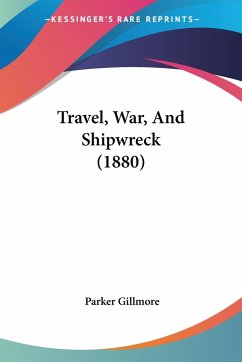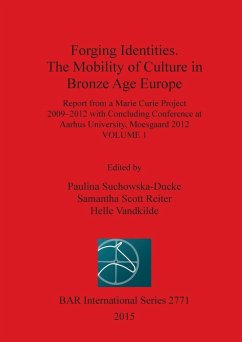
The Archaeological Excavation of the 10th Century Intan Shipwreck
Versandkostenfrei!
Versandfertig in 1-2 Wochen
77,99 €
inkl. MwSt.

PAYBACK Punkte
39 °P sammeln!
In 1997 the author excavated a shipwreck in the north-western reaches of the Java Sea, Indonesia. It became known as the Intan Wreck due to its close proximity to the Intan Oil Field. The wreck has been dated early to mid-10th century through Chinese coin dates, stylistic analysis of ceramics, and radiocarbon dating. While the structure of the shipwreck has all but disappeared, enough fragments remained for timber identification and a glimpse at construction techniques. These clues, together with cargo types and wreck location, strongly indicate an Indonesian ship of lashed-lug construction. F...
In 1997 the author excavated a shipwreck in the north-western reaches of the Java Sea, Indonesia. It became known as the Intan Wreck due to its close proximity to the Intan Oil Field. The wreck has been dated early to mid-10th century through Chinese coin dates, stylistic analysis of ceramics, and radiocarbon dating. While the structure of the shipwreck has all but disappeared, enough fragments remained for timber identification and a glimpse at construction techniques. These clues, together with cargo types and wreck location, strongly indicate an Indonesian ship of lashed-lug construction. From cargo distribution the Intan ship may have been as long as 30 m. The abundance of surviving cargo stands in stark contrast to the fragmentary hull remains. A total of 6,154 non-ceramic artefacts and 7,309 ceramic artefacts were logged over the course of the excavation. Materials are as diverse as bronze, lead, silver, iron, tin, gold, glass, ceramic, stone, and organics. Origins are as far afield as China, Malaysia, Thailand, Indonesia, and the Middle East. Such diversity is a clear indication of entrepot trade, the most likely port of lading being the Srivijayan capital, Palembang. Considering the wreck location and the large base metal component, the Intan ship could only have been bound for metal deficient Java.












